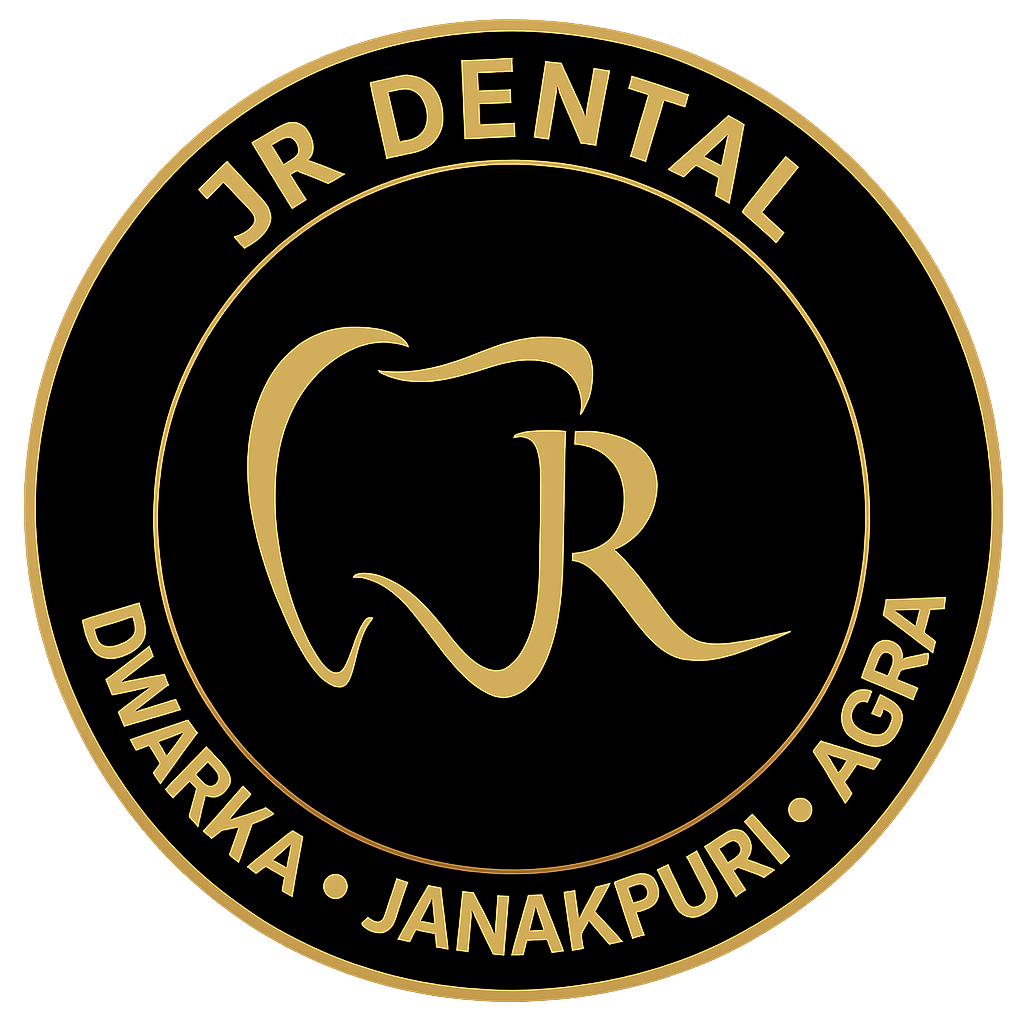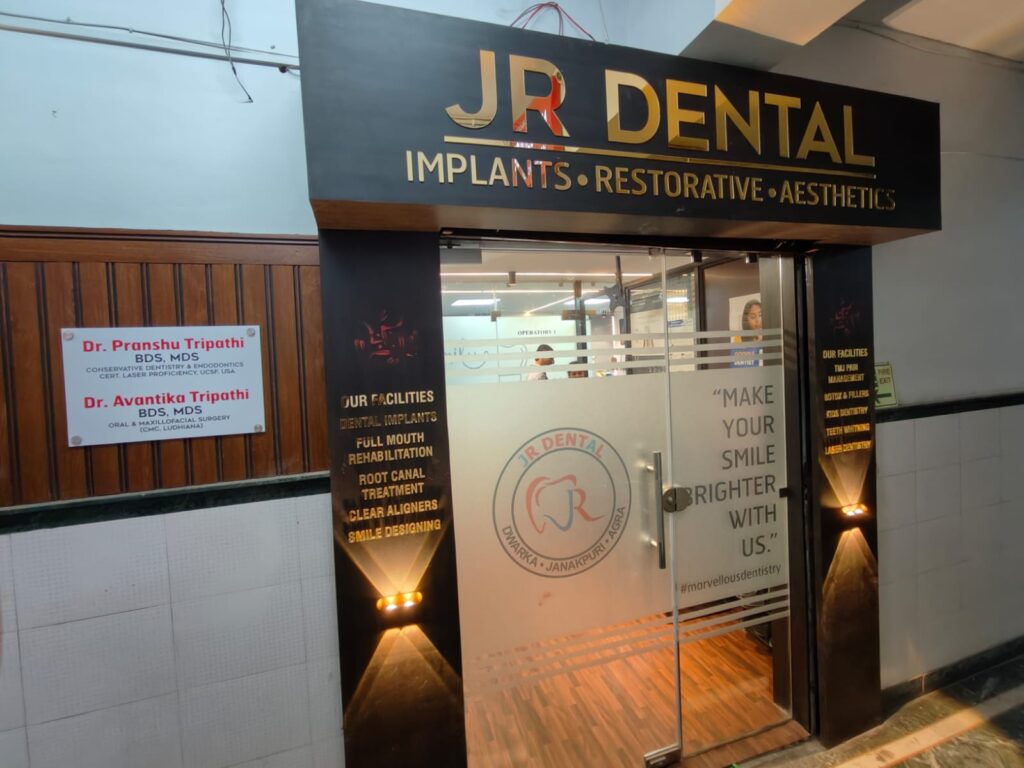JR Dental Service
Restorative Dentistry in Dwarka

What is Restorative Dentistry?
Restorative dentistry is a branch of dental care focused on the diagnosis, treatment, and management of oral health issues related to missing or damaged teeth. This field aims to restore the form, function, and aesthetics of the teeth using a variety of treatments and materials. The goal is to rebuild or replace teeth to ensure the patient can chew, speak, and smile confidently. Common restorative procedures include fillings, crowns, bridges, implants, and dentures. Restorative dentistry is vital for maintaining overall oral health, preventing further dental issues, and improving a patient's appearance and quality of life.
How Does Restorative Dentistry Work?
Restorative dentistry works by addressing and correcting dental problems that arise due to tooth decay, injury, or wear. The process typically begins with a comprehensive dental examination, where the dentist assesses the extent of the damage or decay. Based on the diagnosis, the dentist will recommend a suitable treatment plan, which may involve a combination of procedures. For example, cavities may be treated with fillings, while severely damaged or missing teeth may require crowns, bridges, or implants. Restorative dentistry is often customized to meet the individual needs of the patient, considering factors such as the severity of the condition, oral health, and cosmetic preferences.
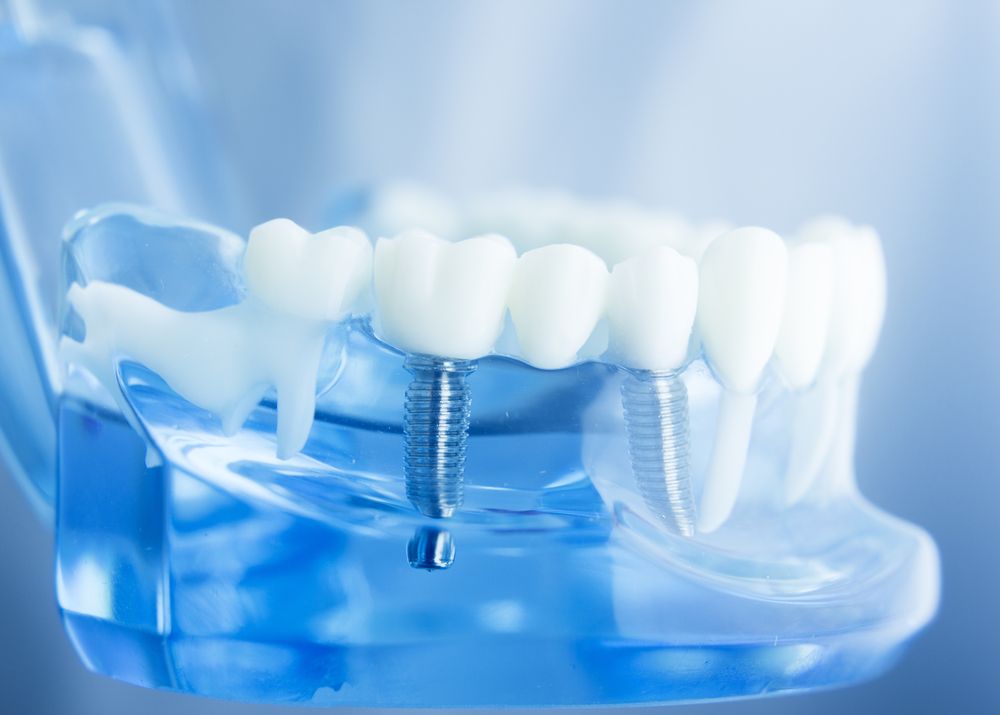
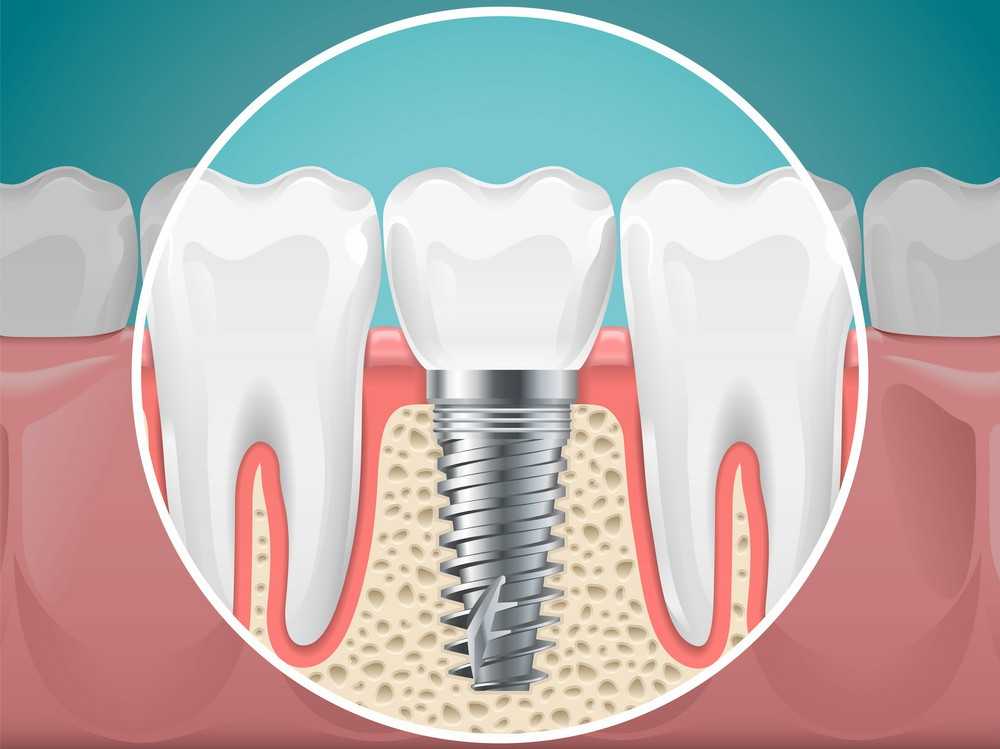
Benefits of Restorative Dentistry
The benefits of restorative dentistry are extensive, addressing both functional and aesthetic aspects of oral health. The primary benefits include: Restoring Functionality: Damaged or missing teeth can be restored, allowing patients to eat, speak, and smile comfortably. Improving Appearance: Procedures like crowns, bridges, and dental implants improve the look of the smile, providing a natural and attractive result. Preventing Further Damage: Restorative treatments can prevent further dental problems, such as tooth decay or gum disease, by sealing out harmful bacteria. Enhancing Self-Esteem: Restoring the appearance and function of teeth can significantly boost a person’s confidence and overall well-being. Long-Term Oral Health: Effective restorative treatments can help maintain healthy teeth and gums, reducing the likelihood of future dental issues and costly treatments.
Procedure for Restorative Dentistry
The procedure for restorative dentistry varies depending on the specific treatment being provided. Generally, it involves several key steps: Consultation and Diagnosis: The dentist will perform a thorough examination, including X-rays or other imaging, to assess the damage or decay and determine the most appropriate treatment. Treatment Planning: Based on the diagnosis, the dentist will create a customized treatment plan. For example, a cavity may require a filling, while a severely damaged tooth may need a crown or an implant. Restoration Process: The procedure itself depends on the treatment. Fillings typically involve cleaning out the decayed portion of the tooth and placing the filling material. Crowns or bridges may involve shaping the tooth, taking impressions, and creating a custom restoration that is fitted onto the tooth. Dental implants require placing a titanium post into the jawbone to replace a missing tooth root. Post-Treatment Care: After the restoration is complete, the dentist will provide instructions for care to ensure long-term success. This may include avoiding certain foods, maintaining oral hygiene, and scheduling follow-up visits to monitor the restoration’s condition.
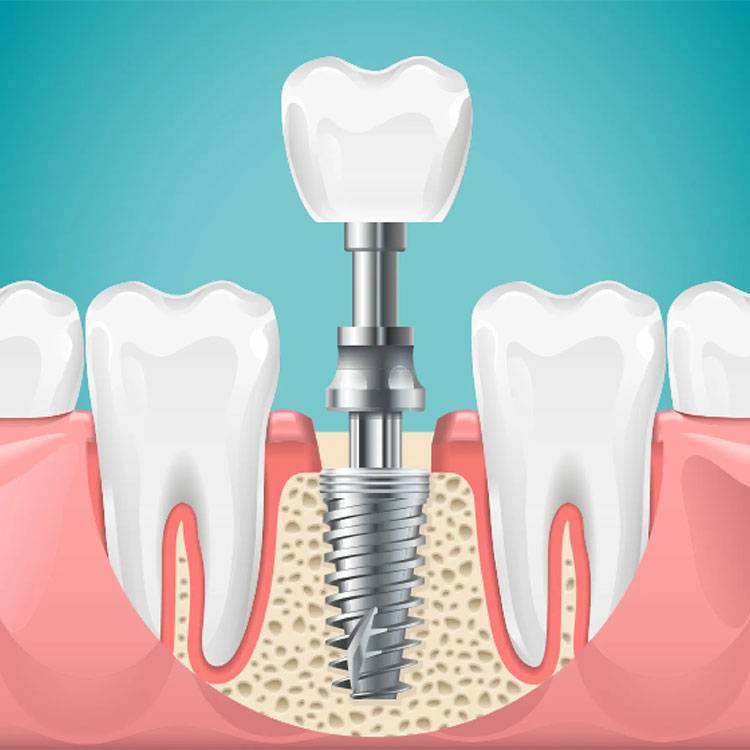
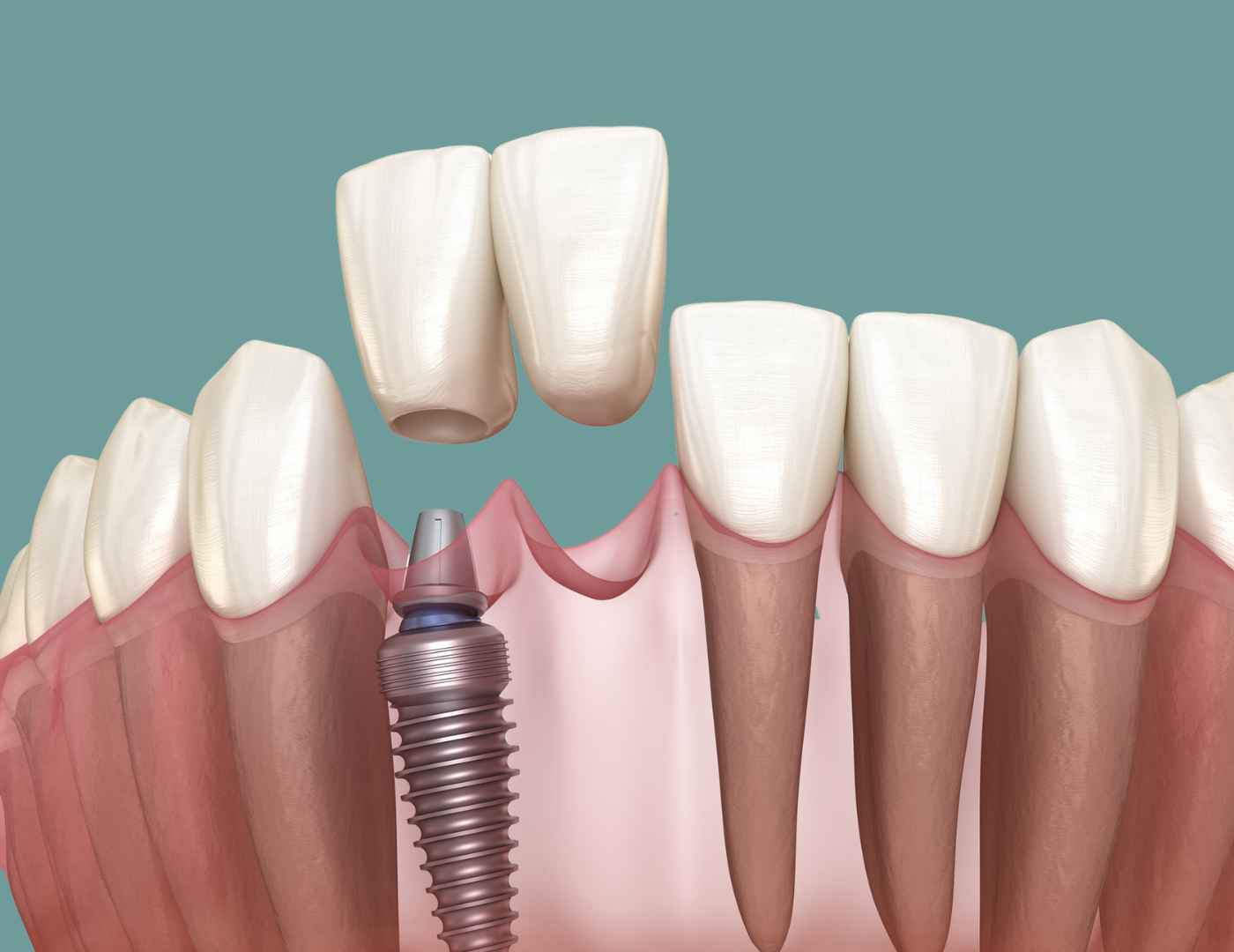
Ideal Candidates for Restorative Dentistry
Ideal candidates for restorative dentistry are individuals who have damaged, decayed, or missing teeth that affect their oral health, function, or appearance. Those who suffer from cavities, cracked teeth, or missing teeth can benefit greatly from restorative treatments. Additionally, individuals who experience difficulty chewing, speaking, or smiling due to dental issues are good candidates. Candidates should have good overall oral health, as certain conditions like active gum disease or insufficient bone structure for implants may require treatment before restorative procedures can be performed. The dentist will evaluate the patient's oral health and determine the most suitable options.
Risks of Restorative Dentistry
While restorative dentistry is generally safe and effective, there are some risks associated with certain procedures. These include: Discomfort or Sensitivity: After procedures like fillings or crowns, some patients may experience mild discomfort or tooth sensitivity. This typically resolves over time. Allergic Reactions: In rare cases, patients may have allergic reactions to materials used in fillings, crowns, or other restorations, such as metals or resins. Failure of Restorations: Although restorations are durable, they may fail due to factors like improper care, excessive wear, or trauma. For example, fillings can become loose, or crowns may break or become dislodged. Infection: There is a small risk of infection following dental procedures, particularly after surgical treatments like implants. Proper aftercare and hygiene are essential to minimize this risk. Cost: Some restorative procedures, such as dental implants or bridges, can be costly and may not always be covered by insurance, leading to out-of-pocket expenses for patients.

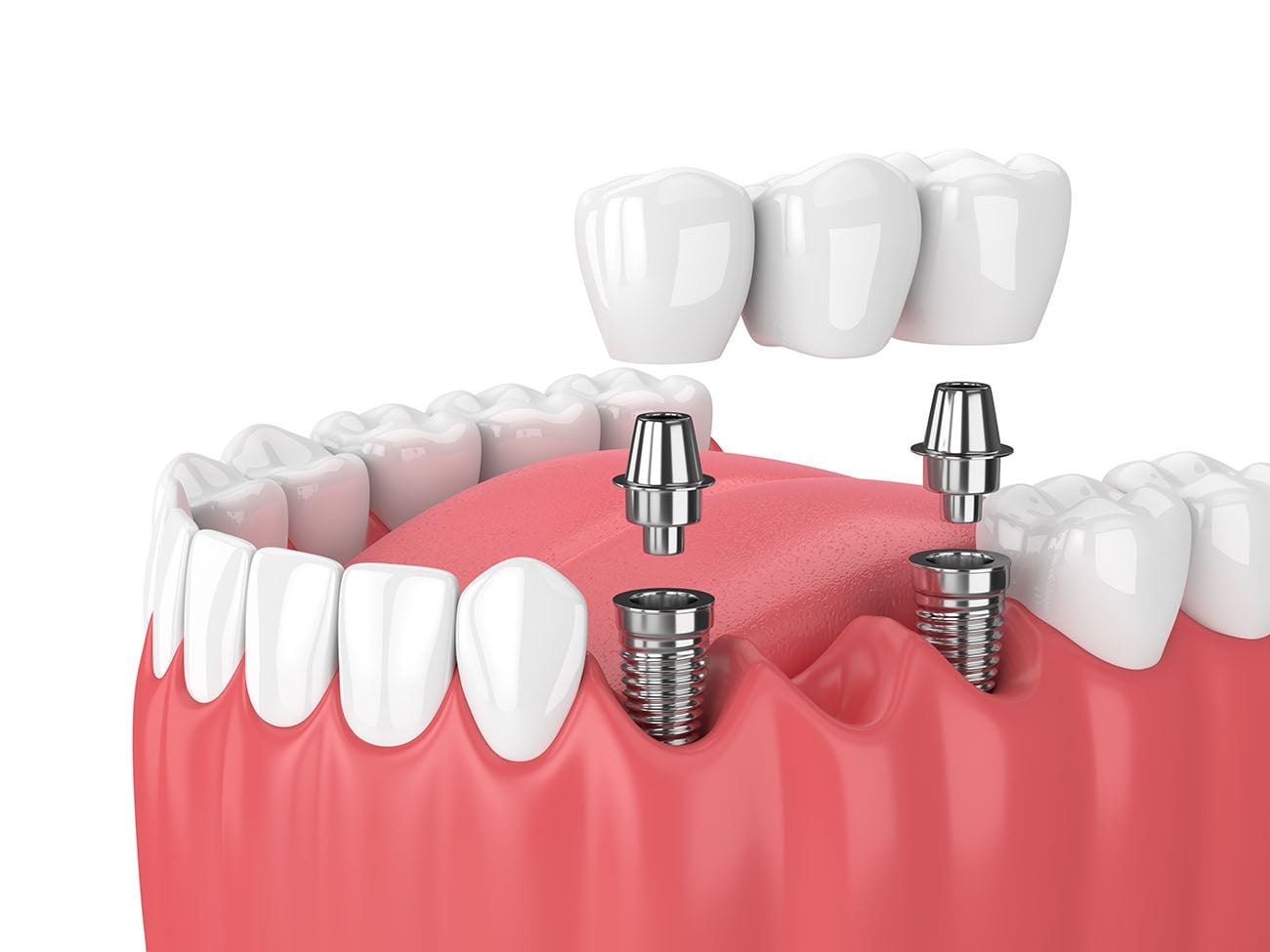
Success Rate of Restorative Dentistry
The success rate of restorative dentistry is generally high, particularly with modern materials and techniques. Fillings, crowns, and bridges typically have success rates exceeding 90%, especially when patients follow proper oral hygiene practices and attend regular dental checkups. Dental implants, which are considered one of the most durable restorative options, have a success rate of approximately 95% over 10 years, provided there is sufficient bone structure and the procedure is carried out correctly. Long-term success is also influenced by factors such as the patient’s overall oral health, lifestyle, and adherence to post-treatment care instructions. When managed properly, restorative dentistry can provide lasting results, allowing patients to maintain a healthy, functional smile.
FAQS
How long do dental restorations last?
The lifespan of dental restorations depends on the type of restoration and the care taken. Fillings may last anywhere from 5 to 15 years, while crowns and bridges typically last between 10 and 20 years. Dental implants can last a lifetime with proper care, although the crown or restoration on the implant may need to be replaced after several years.
Are there alternatives to dental crowns and bridges?
Yes, there are alternatives depending on the individual case. For missing teeth, dental implants are a popular option, offering a more permanent solution compared to bridges. For minor damage, dental bonding or veneers might be used as an alternative to crowns for cosmetic improvement.
Is restorative dentistry covered by insurance?
Many restorative dental procedures, such as fillings and crowns, are typically covered by dental insurance, although coverage can vary depending on the provider and plan. More complex procedures, such as dental implants or extensive cosmetic restorations, may require additional out-of-pocket expenses. It’s important to check with your insurance provider to understand your coverage.
